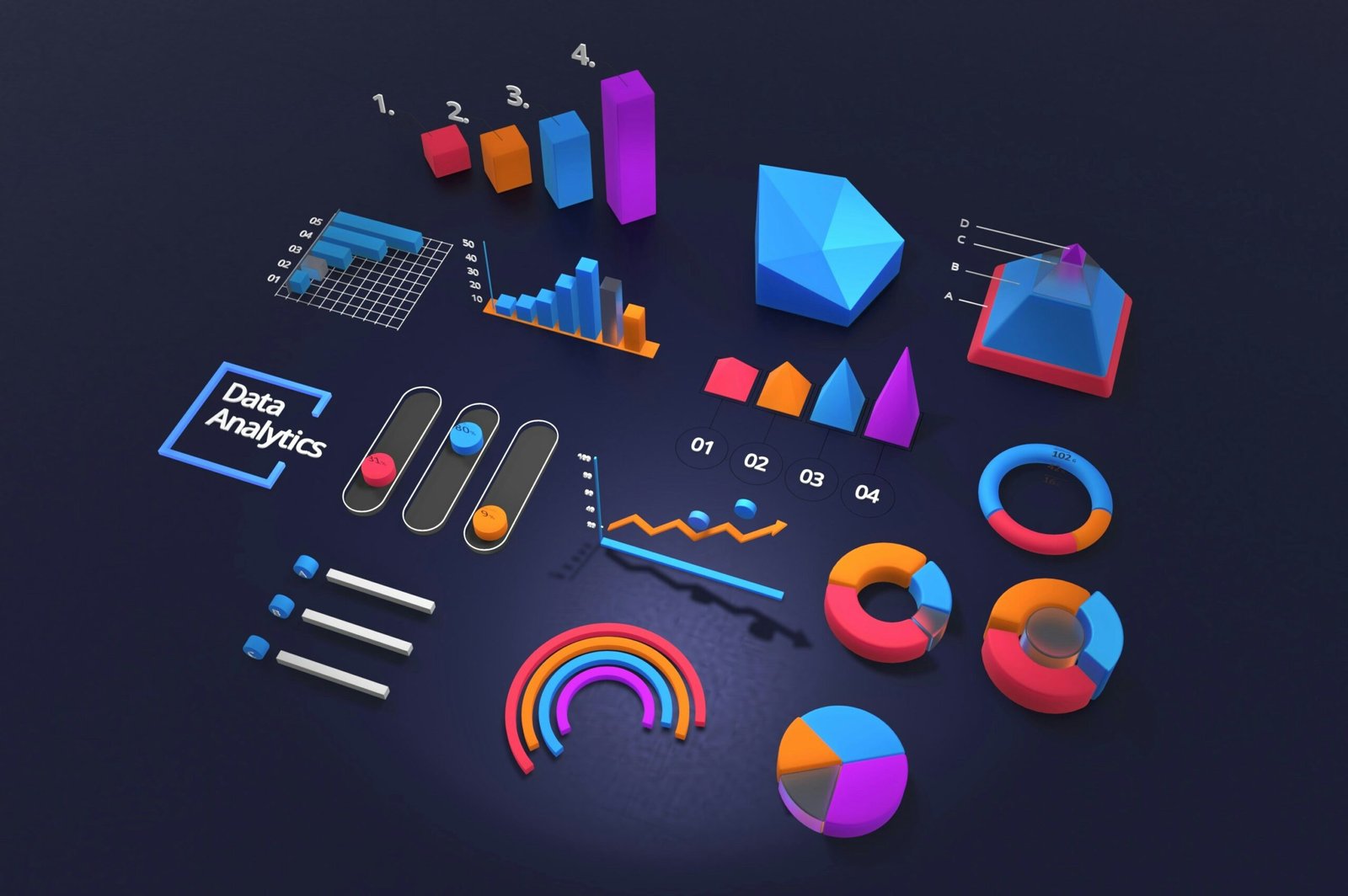
In today’s digital age, data is often referred to as “the new oil.” Like oil, data in its raw form has limited value. However, when refined and analyzed, it can fuel powerful insights and drive transformative business decisions. This is where data analytics comes in.
What is Data Analytics?
Data analytics is the process of collecting, organizing, and analyzing raw data to uncover patterns, trends, and correlations that can help businesses make informed decisions. It involves using various techniques and tools to extract meaningful insights from data, which can then be used to improve operations, enhance customer experiences, and gain a competitive edge.
The Data Analytics Process
The data analytics process typically involves several key steps:
- Data Collection: Gathering data from various sources, including internal databases, external sources, and third-party vendors.
- Data Cleaning: Ensuring the data is accurate, complete, and consistent by handling missing values, outliers, and inconsistencies.
- Data Processing: Transforming and organizing the data into a suitable format for analysis.
- Data Analysis: Applying statistical techniques, algorithms, and machine learning models to identify patterns and trends.
- Data Visualization: Presenting the insights in a clear and concise manner using charts, graphs, and other visual aids.
- Decision Making: Using the insights to inform business strategies, optimize processes, and make better decisions.
Types of Data Analytics
Data analytics can be broadly categorized into four main types:
- Descriptive Analytics: This type of analytics focuses on summarizing past data to understand what has happened. Examples include sales reports, website traffic analysis, and financial statements.
- Diagnostic Analytics: This type of analytics aims to identify the reasons behind past events. It involves exploring the data to determine why something happened. For example, analyzing why sales declined in a particular region.
- Predictive Analytics: This type of analytics uses historical data and statistical models to forecast future outcomes. Examples include predicting customer churn, forecasting sales, and estimating demand.
- Prescriptive Analytics: This type of analytics goes beyond prediction and recommends the best course of action to achieve a desired outcome. It uses optimization techniques and simulations to identify the most effective strategies.
Benefits of Data Analytics
The benefits of data analytics are vast and span across various industries and business functions. Some key benefits include:
- Improved Decision Making: Data-driven insights enable businesses to make more informed and strategic decisions.
- Enhanced Customer Experience: By understanding customer behavior and preferences, businesses can personalize interactions and improve satisfaction.
- Increased Efficiency: Analytics can help identify bottlenecks and inefficiencies in processes, leading to cost savings and improved productivity.
- Competitive Advantage: Businesses that effectively leverage data analytics can gain a competitive edge by identifying new opportunities and staying ahead of the curve.
- Risk Management: Analytics can help organizations identify and mitigate potential risks, such as fraud, financial losses, and operational disruptions.
The Future of Data Analytics
As technology continues to evolve, the field of data analytics is expected to become even more sophisticated and impactful. Trends such as artificial intelligence, machine learning, and big data are driving innovation and creating new possibilities for businesses to harness the power of their data.
By embracing data analytics, businesses can unlock valuable insights, drive growth, and thrive in the data-driven economy.


